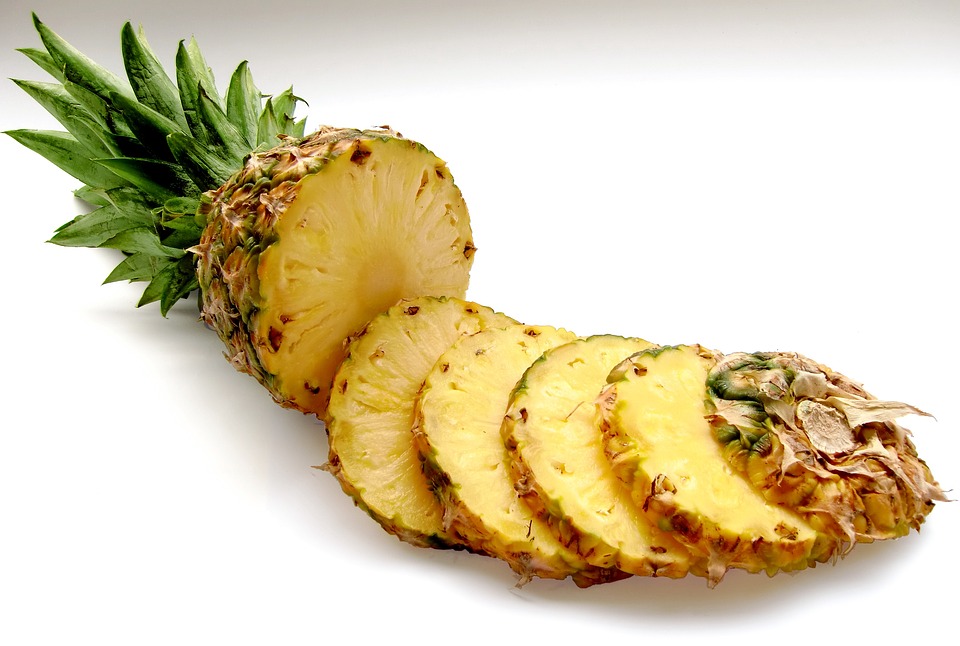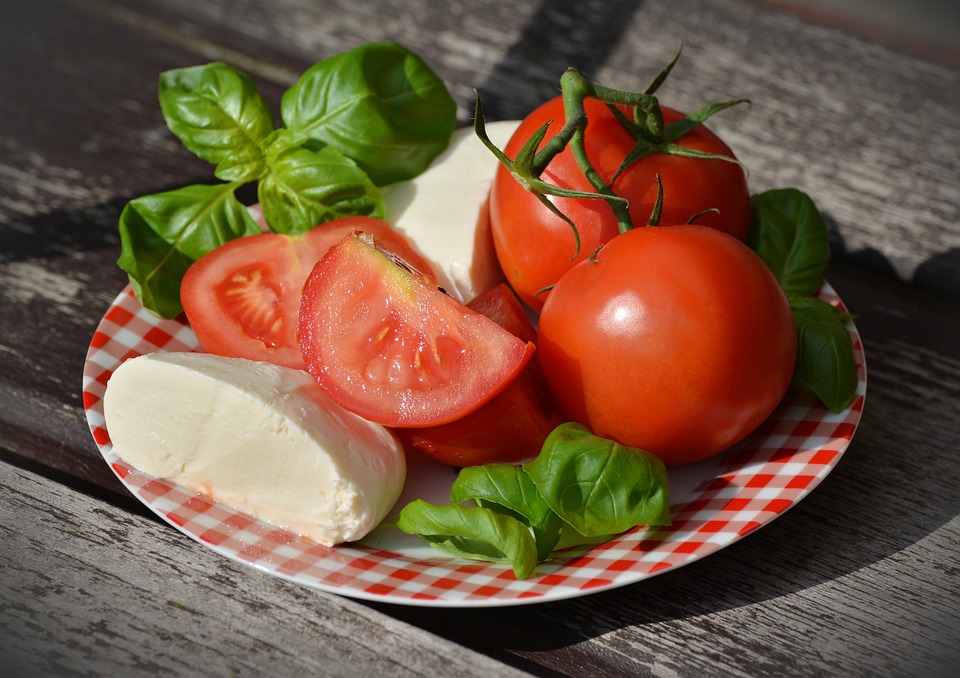gastric sleeve Diet Stages: A Comprehensive Guide to Healthy Eating After Surgery
When undergoing gastric sleeve surgery, one of the most crucial aspects of your recovery is following a well-structured diet plan. This article aims to provide a comprehensive guide to the different stages of the gastric sleeve diet, ensuring you have the knowledge and tools to make informed choices about your post-surgery eating habits.
Stage 1: Clear Liquid Diet
The first stage of the gastric sleeve diet is the clear liquid phase. This stage aims to allow your stomach to heal and adjust to its new size and capabilities. During this phase, you will be consuming only clear liquids, such as water, broth, sugar-free gelatin, and herbal tea. It is important to avoid any beverages or foods that contain sugar, caffeine, or carbonation, as they can cause discomfort and hinder the healing process.
Stage 2: Full Liquid Diet
After successfully completing the clear liquid phase, you will progress to the full liquid diet stage. This stage allows for the introduction of more nutritious liquid options, such as protein shakes, low-fat milk, yogurt, and strained soups. It is important to focus on consuming protein-rich liquids to aid in the healing process and prevent muscle loss. Additionally, it is crucial to stay hydrated throughout this stage and ensure you are meeting your daily fluid intake requirements.
Stage 3: Soft Foods Diet
Once you have successfully transitioned through the full liquid phase, you will move on to the soft foods diet stage. During this phase, you will gradually introduce soft, easily digestible foods into your diet. Some examples include cooked vegetables, lean ground meats, soft fruits, and well-cooked grains. It is essential to chew your food thoroughly and eat slowly to prevent any discomfort or digestive issues. Remember to prioritize protein-rich foods and continue to stay hydrated.
Stage 4: Regular Diet
After successfully completing the soft foods stage, you will be ready to reintroduce a regular diet. However, it is crucial to maintain a healthy and balanced eating pattern to ensure long-term success. Your diet should consist of lean proteins, whole grains, fruits, vegetables, and healthy fats. Avoid processed foods, sugary snacks, and beverages high in calories. Portion control is essential, as your stomach size has been reduced, and overeating can lead to discomfort and weight regain.
Long-Term Habits for Success
Transitioning through the different stages of the gastric sleeve diet is just the beginning of your weight loss journey. To maintain long-term success, it is crucial to adopt healthy eating habits and lifestyle changes. Here are some tips to help you on your way:
1. Prioritize protein: Make sure to include protein-rich foods in each meal to support muscle maintenance and promote satiety.
2. Stay hydrated: Drink enough water throughout the day to prevent dehydration, aid digestion, and promote overall well-being.
3. Mindful eating: Pay attention to your body’s hunger and fullness cues. Eat slowly, chew your food thoroughly, and savor each bite.
4. Portion control: Be mindful of portion sizes and avoid overeating. Use smaller plates and bowls to help control portion sizes visually.
5. Regular exercise: Incorporate regular physical activity into your routine to support weight loss, improve overall health, and boost your metabolism.
In conclusion, the gastric sleeve diet stages are crucial for promoting a healthy recovery after surgery. By following the recommended guidelines and making gradual dietary changes, you can ensure long-term success in your weight loss journey. Remember to consult with your healthcare team for personalized advice and support throughout the process. Stay committed, stay positive, and embrace your new healthier lifestyle.
Most Common Questions Regarding Gastric Sleeve Diet Stages
What are the different stages of the gastric sleeve diet?
The gastric sleeve diet consists of several stages that patients must follow after undergoing gastric sleeve surgery. These stages are designed to help patients gradually transition from a liquid diet to solid foods and to ensure proper healing and weight loss.
Here are the different stages of the gastric sleeve diet:
Stage 1: Clear Liquid Diet
During the first stage of the gastric sleeve diet, patients are limited to consuming clear liquids. This includes water, broth, sugar-free gelatin, and clear juices. The purpose of this stage is to allow the stomach to heal and adjust to the changes made during the surgery.
Important information about Stage 1 of the gastric sleeve diet:
1. Clear liquids are essential to prevent dehydration and provide necessary hydration.
2. Patients should avoid consuming any solid foods or liquids that are high in sugar or caffeine.
3. This stage typically lasts for about one to two days before progressing to the next stage.
Stage 2: Full Liquid Diet
The second stage of the gastric sleeve diet involves the consumption of full liquids. This includes protein shakes, skim milk, low-fat yogurt, and pureed soups. Full liquids provide more nutrients than clear liquids and help patients maintain adequate protein intake.
Important information about Stage 2 of the gastric sleeve diet:
1. Full liquids provide essential nutrients and protein necessary for healing and weight loss.
2. Patients should consume small, frequent meals and avoid overeating or drinking fluids with meals.
3. This stage typically lasts for about one to two weeks before moving on to the next stage.
Stage 3: Pureed Diet
In the third stage of the gastric sleeve diet, patients can start consuming pureed foods that have a smooth consistency. This includes mashed potatoes, pureed vegetables, soft fruits, and blended lean meats. Pureed foods are easier to digest and help patients transition to a solid food diet gradually.
Important information about Stage 3 of the gastric sleeve diet:
1. Pureed foods should be smooth and free from any solid pieces to avoid any complications.
2. Patients should focus on consuming high-protein foods to promote healing and maintain muscle mass.
3. This stage typically lasts for about two to four weeks before advancing to the next stage.
Stage 4: Soft Diet
The fourth stage of the gastric sleeve diet introduces soft foods that are easy to chew and digest. This includes cooked vegetables, tender meats, scrambled eggs, and canned fruits. Soft foods provide more variety and texture to the diet while still being gentle on the stomach.
Important information about Stage 4 of the gastric sleeve diet:
1. Soft foods should be well-cooked and chewed thoroughly to avoid any discomfort or indigestion.
2. Patients should focus on incorporating a variety of nutrient-dense foods to ensure a balanced diet.
3. This stage typically lasts for about two to four weeks before progressing to the final stage.
Stage 5: Solid Diet
The final stage of the gastric sleeve diet allows patients to introduce solid foods back into their diet. However, it is important to continue making healthy food choices and avoid high-calorie, processed foods. Patients should focus on consuming lean proteins, whole grains, fruits, and vegetables.
Important information about Stage 5 of the gastric sleeve diet:
1. Solid foods should be chewed thoroughly and eaten slowly to prevent discomfort and promote proper digestion.
2. Patients should prioritize protein intake to maintain muscle mass and support weight loss.
3. It is crucial to continue portion control and mindful eating habits to achieve long-term success.
In conclusion, the gastric sleeve diet consists of several stages, starting with clear liquids and gradually progressing to solid foods. Each stage serves a specific purpose in promoting healing, weight loss, and adjusting to dietary changes. It is important for patients to follow these stages and adhere to the guidelines provided by their healthcare team to ensure a successful recovery and achieve their weight loss goals.
1. Misconception: Gastric sleeve diet stages are only for weight loss
Many people mistakenly believe that the gastric sleeve diet stages are solely designed for weight loss. While weight loss is indeed a primary goal of these stages, it is important to understand that they play a crucial role in preparing the body for gastric sleeve surgery and aiding in post-surgery recovery. The diet stages help shrink the liver, reduce the volume of the stomach, and optimize the overall health of the patient before and after the surgery.
2. Misconception: All gastric sleeve diet stages are the same for everyone
Another common misconception about gastric sleeve diet stages is that they are standardized and identical for every individual undergoing the surgery. In reality, the diet stages can vary from person to person depending on several factors, including their pre-surgery weight, overall health, and specific recommendations from their healthcare provider. It is essential to follow a personalized diet plan that suits an individual’s specific needs and requirements throughout the different stages.
3. Misconception: Gastric sleeve diet stages are temporary
Some individuals mistakenly believe that once they complete the different stages of the gastric sleeve diet, they can return to their previous eating habits without any consequences. However, this is a common misconception. The diet stages are not temporary measures but rather long-term lifestyle changes that need to be followed even after the surgery. These stages provide a foundation for developing healthier eating habits, portion control, and nutrient-dense food choices that are crucial for long-term weight management and overall well-being.
4. Misconception: Gastric sleeve diet stages are solely focused on restricting food intake
One prevailing misconception about gastric sleeve diet stages is that they are solely focused on restricting food intake. While portion control is indeed a significant aspect of these stages, they are not just about limiting the quantity of food consumed. The diet stages also emphasize the importance of consuming a balanced and nutritious diet, including an adequate intake of protein, vitamins, minerals, and fluids. These stages aim to promote healthy eating habits and ensure proper nourishment for the body.
5. Misconception: Gastric sleeve diet stages are unnecessary for long-term success
There is a common misconception that once the initial weight loss has been achieved after the surgery, the gastric sleeve diet stages become unnecessary for long-term success. However, this belief is flawed. The diet stages are an integral part of the overall treatment plan and are designed to provide long-term support for weight management and overall health. Following the dietary guidelines and recommendations throughout the different stages is crucial for preventing complications, maintaining weight loss, and achieving sustainable results in the long run.
Gastric Sleeve Diet Stages
#gastric #sleeve #diet #typically #consists #stages #patients #gradually #adjust #eating #habits #surgery #stages #vary #slightly #depending #surgeons #recommendations #general #breakdown #stages

